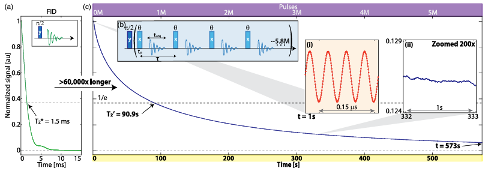Case Study in Upgrading a Varian Spectrometer for NMR Spin Echo Experiments
On October 14, 2014, Agilent Technologies, Inc., formally Varian announced that it would close its NMR (Nuclear Magnetic Resonance) and MRI (Magnetic Resonance Imaging) businesses. Since then, the NMR/MRI community has is left with many Varian (Agilent) systems that have fallen out of support life and are having to face the expensive choice of replacement. Replacement means the loss of many pulse sequences. In some cases, the development of these sequences was labor intensive, with many interactions that were hard to replicate in a new system. To help extend the life of Varian systems and give the pulse libraries extended life, the console software was made open source with the OpenVnmrJ project hosted by the University of Oregon.
With advances in Tabor Electronic's Arbitray Wavfeform Generation and Digitizer capabilities, key elements of the console can now also be replaced, providing new capabilities and the opportunity to extend both the system's life and experimental capability.
A typical Varian system has the following major components:
- Control Computer and OpenVnmrJ Software
- Magnet Control and Calibration Cabinet
- Pulse Generation and Digitzer Cabinet
- Power Amp Cabinet
- RF Front End
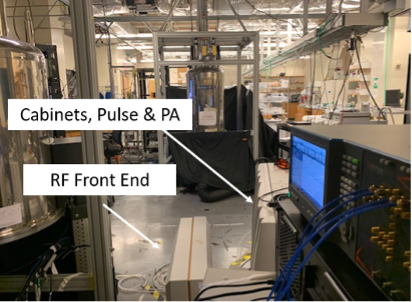
Fig 1 - Varian System Components
Using a Tabor P9484 Proteus Arbitrary Waveform Transceiver, the Pulse Generation/Digitizer Cabinet and the RF Front end can be readly replaced. The advantages to replacing these two elements are:
- Improved SNR - by removing the analog circuitry in the RF Front End
- Increase FID capture time with the large digitizer memory
- Elaborate pulse sequences, standard and shaped pulses, with phase and frequency adjustments
- Reduction in system size – the Proteus Pulse generator is 20% the size of a Varian Cabinet
To understand how these advantages are achieved, it is important to understand the Porteus Aribiraray Waveform Transceiver. Built on the latest RF DAC and RF ADC technology, this versatile product platform has sample rates up to 9GS/s that allow for multiple Nyquist zone operation, providing frequency ranges in excess of 10GHz. It has an innovative hardware-based (FPGA) task-oriented programming and signal processing environment. When combined with its optional RF Digitizer, it becomes an Arbitrary Waveform Transceiver (AWT), giving you the ability to change waveforms in real-time. External systems can be controlled using the instrument's coherent TTL outputs (Waveform Markers)
The Proteus P9484 is a modular design based on the industry standard PXIe format. Each module can be configured to have up to four RF/µW differential outputs and two digitizer inputs.
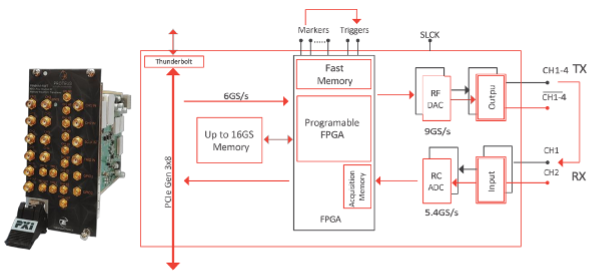
Fig 2 - Proteus Module and its hardware architecture.
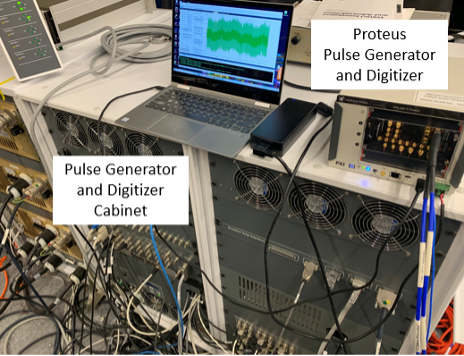
Fig 3 - Varian Cabinet vs. Tabor Proteus Module
The Challenge:
Modify a Spin-Echo experiment to significantly improve T2 times and quality.
The Solution:
Integrate the Proteus AWT into the existing Varian system with the following improvements:
- Eliminate RF Front End –
- Generate a ~70MHz Pulse directly on CH1 of Proteus.
- Directly digitize RF echo pulses, digitally down-convert, and store to memory
- Utilize proteus memory to acquire over 90s of Free Inductive Decay (FID)
- Coherently align laser control with TTL outputs, and ~3GHz FMCW signal on CH2 for Hyperpolarization.
- Use TTL outputs to control sample shuttle and to control amplifier blanking.
- Seamless Integration into Matlab for post-processing and results displays.
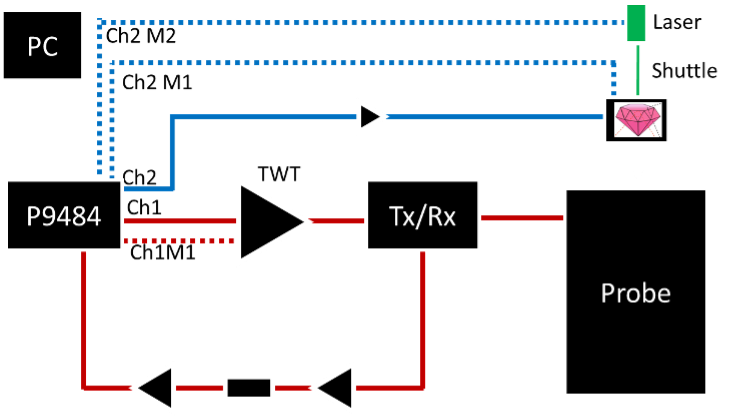
Fig 4 The resultant block diagram of the Integration
The Outcome:
The outcome of the Integration was published in Physical Review Letters 127, 170603 (2021), Floquet Prethermalization with Lifetime Exceeding 90 s in a Bulk Hyperpolarized Solid. The full paper can be downloaded here. The following exceprt from the paper shows the free inductive decay (T2) curecve exceeding 90s.
